Doctors could soon prescribe electric devices instead of drugs
Electricity, rather than medication, could become the 21st century way to beat chronic pain.
Doctors could find themselves prescribing AI-powered wearable technology, instead of powerful painkillers.
Healables, a startup based in Jerusalem, embeds electrodes into an elasticated sleeve controlled by a smartphone app. They gently vibrate to stimulate affected cells into repairing themselves.
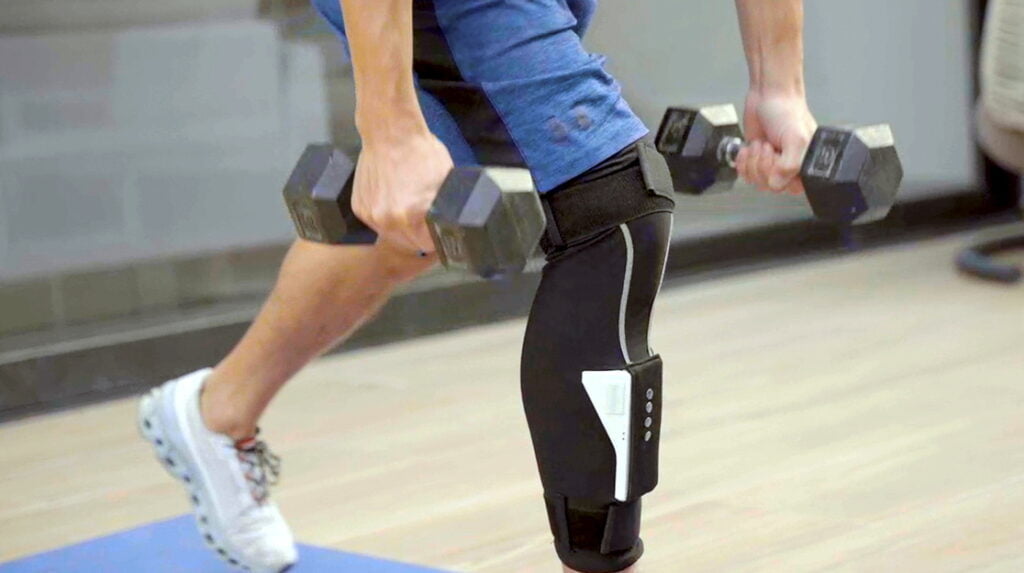
The patient attaches the patented device to their knee, ankle, or shoulder for between 30 and 60 minutes a day and it delivers a very low level “subsensory” electric current.
“It really is as simple as getting dressed – putting on a sock, a knee sleeve or a shoulder garment. You download the app to your phone, snap the device into place on the textile, press start and the healing begins,” says Moshe Lebowitz, the company’s CEO.
The device is currently undergoing clinical trials. He hopes it will be granted FDA medical certification later this year for use in the USA, which could see it being prescribed as the first line of defense for pain relief.
It’s designed to relieve pain, accelerate healing and reduce inflammation without medication.
“My ultimate dream is to be able to save lives, and to restore joy and function to people that are living with years of chronic pain and illness,” says Lebowitz. “It’s just not just about saving lives, it’s also about saving quality of life.”

He set about finding a treatment that was effective and simple-to-use during his long rehabilitation from a brain tumor in 2004. He ended up training in Chinese medicine after Western doctors told him it was inoperable.
“I made a complete recovery with just some residual damage to my right optic nerve. What I learned on my journey of recovery is that there are a lot of solutions and technologies that are out there.
“But they aren’t necessarily accessible or affordable, or practical for regular people to use. I had experience with acupuncture and with cranial sacral therapy (a light-touch therapy for tension), nutrition and physical therapy.
“They were all very time-consuming in terms of the travel time to the clinic, the time at the clinic, the travel time back from the clinic.”
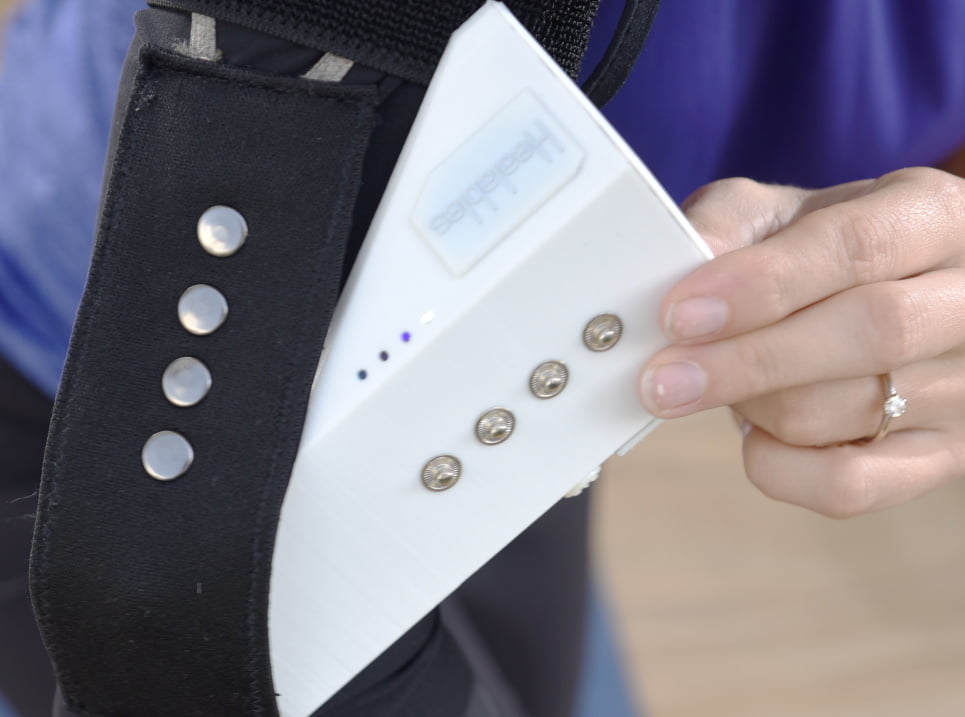
Using electric currents was already well-established and widely implemented as a therapy for chronic pain.
His breakthrough was to incorporate the technology into a wearable, garments – knee sleeve, arm sleeve, smart sock, beanie cap, shoulder textile and smart shirt – that the patient can use while they’re busy getting on with their lives.
Electrotherapy is the principle behind TENS (transcutaneous electrical nerve stimulation) the small, battery-operated device used to relieve pain during labor and by people suffering arthritis, period pain, knee pain and sports injuries.
But electrotherapy is mostly a messy and inconvenient affair involving a tangle of wires, and sticky-pad electrodes. Crucially it has, until now, been a clinic-based rather than home-based therapy.
The Healables device is lightweight and flexible, the sleeves are made of washable, stretchable, sports fabric and the electrodes are dry, rather than sticky.
The system he developed uses a much, much lower current than TENS and the treatment is tailored to each patient. The sleeves are fitted with sensors to measure how the body is responding to the treatment.
And that information is sent by Bluetooth to the user’s smartphone, then up to the cloud for analysis by artificial intelligence.
“It’s delivering electrotherapy and vibration, on the one hand, and it’s also listening to the body,” says Lebowitz.
“Anyone can use it, from elite athletes to people in their 70s, or 80s, because of its simplicity and functionality.
Sign up for our free weekly newsletter
Subscribe“We don’t have any direct competitors doing everything we’re doing. People are trying to solve chronic pain in all sorts of different ways – bathtubs filled with ice, massage devices, a lot of different technologies.
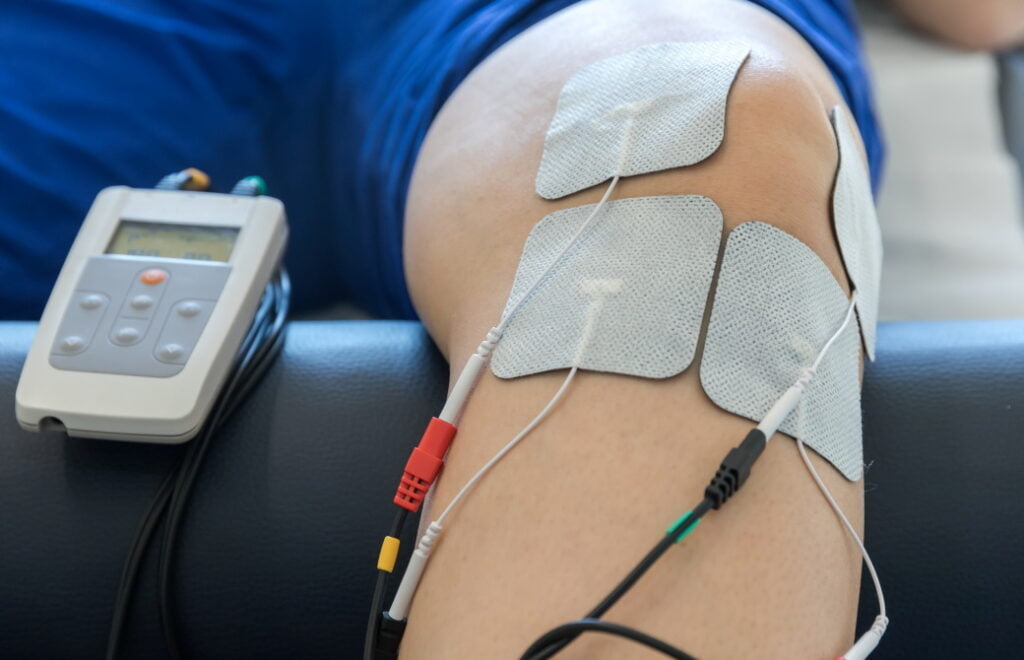
“What’s unique about what we’re doing is really the ease of use – that it’s really as simple as getting dressed, and just pressing start on the app.”
Dr. George Lowell, the company’s Chief Scientific Officer, explains the science behind the product.
“Pain is the body’s way of telling us that our cells need repair and repair requires energy,” he says.
“Inside the power plant of the cell, known as the mitochondria, electrons move down the electron transport chain to form the main energy molecule, ATP. When our mitochondria are sick, our cells don’t get the energy they need for repair.
“Healables provides a microcurrent stream of electrons and gentle vibration, to kickstart our mitochondria and increase ATP.”
So how effective is it? In the company’s own tests 88 per cent of 64 users said their pain levels were down by at least 50 per cent.
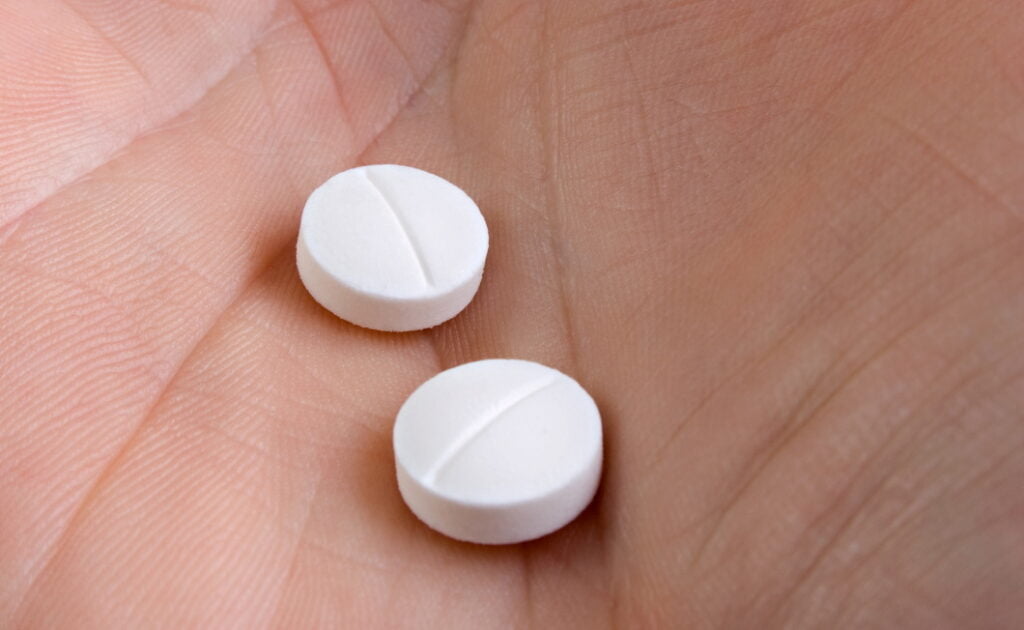
The device is currently undergoing trials on patients with knee osteoarthritis at the Wolfson Medical Center, in Holon, central Israel, and with patients suffering diabetic neuropathy (nerve damage) at Derby Teaching Hospitals NHS Foundation Trust, in the UK.
“What we’d like to show – what we hope to show – with our clinical trials is that the products will be able to supplement medication,” says Lebowitz, “so doses can be reduced to help people taper off pain medication, and to even replace pain medication altogether.
“Ultimately we would like the medical product to be distributed through medical channels that would have reimbursement codes that would help people to be able to afford it.”
He says there is a lot of interest from rehabilitation hospitals and HMOs (health maintenance organizations) in Israel.

“We are also in the process of submitting our application to the FDA and hope that by the second quarter of 2023, the product will have FDA medical certification.
“There are 175 research papers that show the potentially significant effects that microcurrents can have on accelerating healing and reducing pain. We hope to demonstrate that with randomized control trials with sufficient numbers of patients in the UK, United States and other places.
“We’re in discussions with the NIHR (National Institute for Health and Care Research) and hope to be selected as part of a pilot program to validate this product in the UK, as well as taking the product through clinical trials in Israel, India, the United States, Europe and Asia.”
The device is designed for athletes as well as people suffering chronic pain.
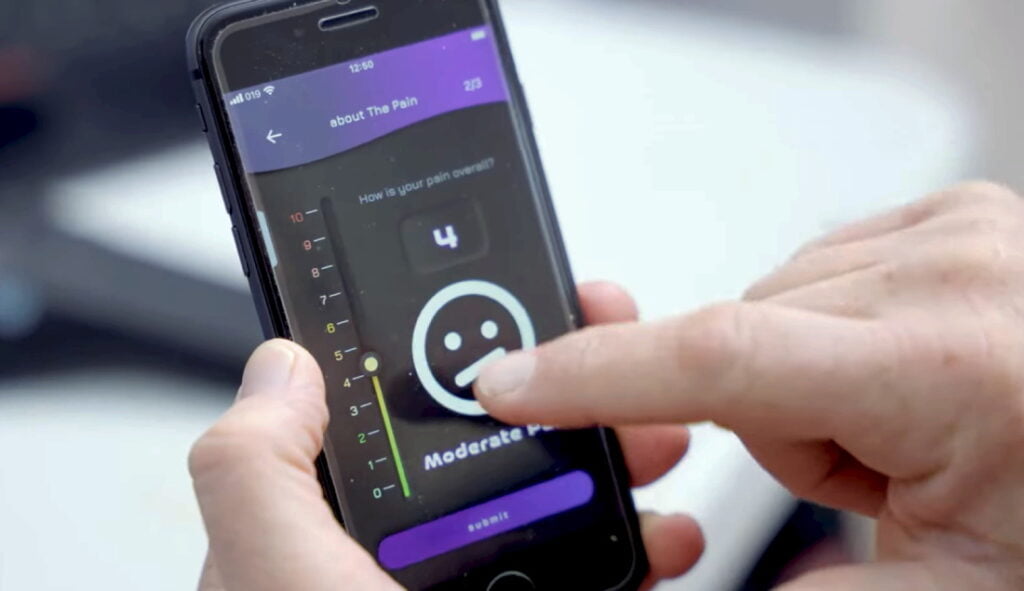
“The sports product is not designed to prevent, diagnose or treat any injury, and it is not designed to replace medication. It’s designed for sports, and performance and recovery.”
Sports is the faster market, but medical is the larger market, he says, with 770 million people globally suffering chronic pain, according to the World Health Organization.
“We’re going for sports first because it’s a market that we can address quicker. But ultimately, our vision is to offer a solution for healing that will supplement or replace medication and steroids,” says Lebowitz.
He is a Lubavitcher chasid – rabbinically trained, and a member of the Haredi (ultra-orthodox) community, as are many of his 17-strong team.
“I want people to be able to go and reconnect with their soul while they’re on this planet and get past the pain that’s holding them back from winning their own personal marathon,” he says.
Related posts

Editors’ & Readers’ Choice: 10 Favorite NoCamels Articles

Forward Facing: What Does The Future Hold For Israeli High-Tech?

Impact Innovation: Israeli Startups That Could Shape Our Future


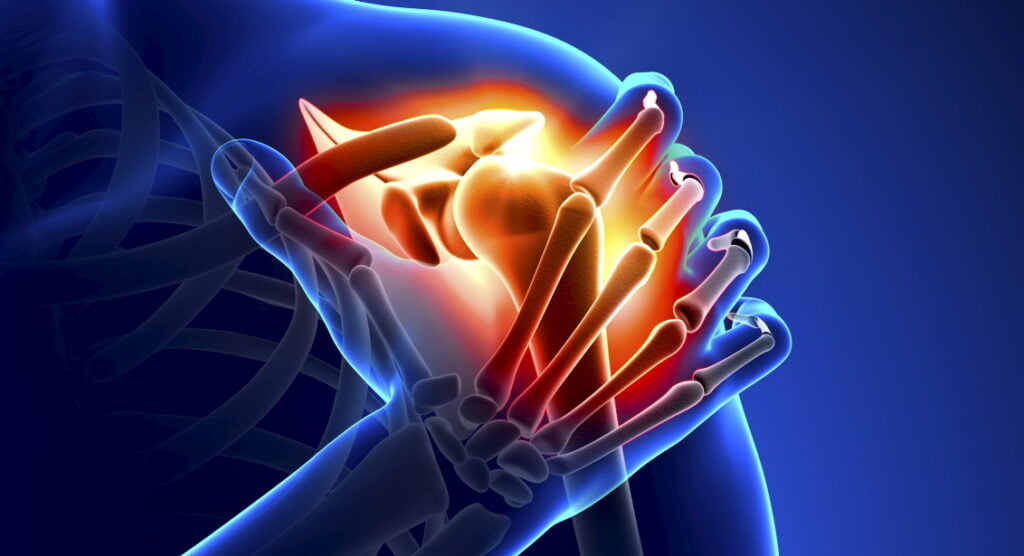

Facebook comments